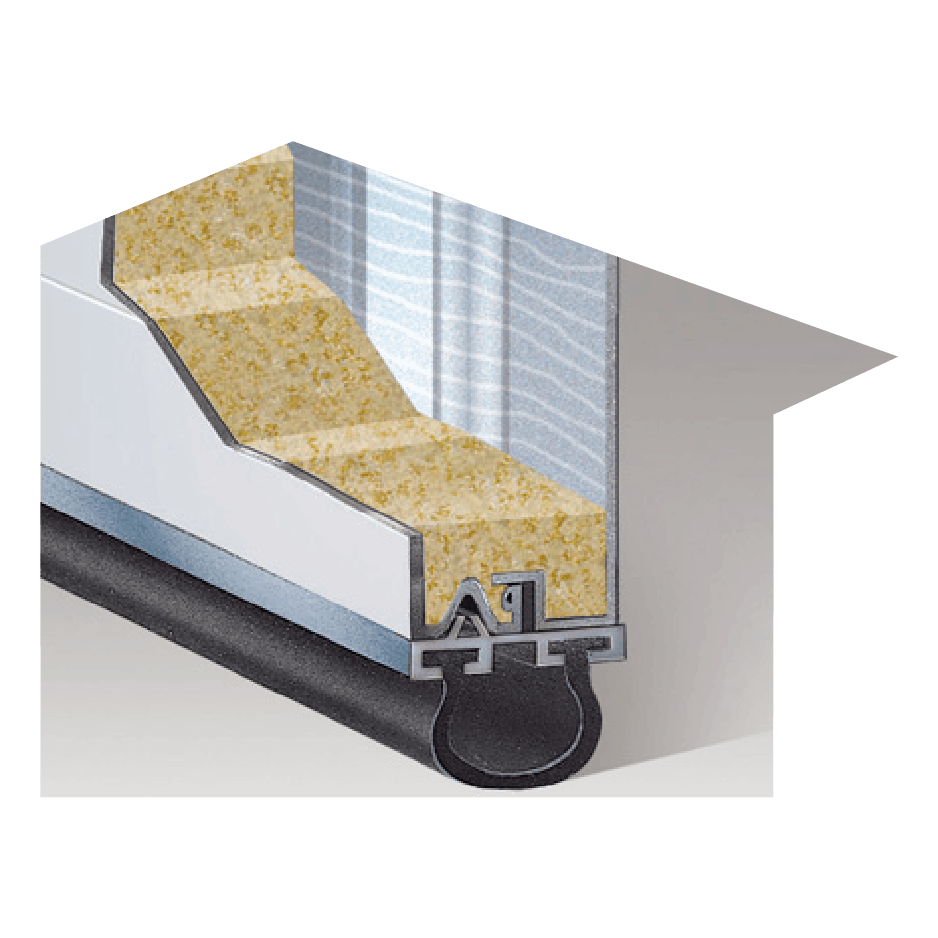






Winter can bring harsh weather, so you want to be prepared for what Mother Nature can bring. Garage door winterizing is essential to keep them functioning well through ice, snow, and wind.

The easiest way to keep the heat inside and the cold outside is the bottom weather seal (also known as ‘bottom rubber’ or ‘astragal’). If you can see a gap between the pavement under the door and seal, or if the seal frays, is chewed, or has rodent holes in it, it’s time to replace that with a new piece. If rodents are a problem, we can also install special Rodent-block seals. If you need heavy-duty snow or weather seals for commercial-grade applications, we have you covered there too with a wide range of bottom weather seals including, heavy-duty rubber, foam stop, storm shields, and brush inserts.
As the name implies, the weatherstrip should be in good condition and installed correctly to block out the elements when the garage door is closed. The most common type of residential weatherstrip is dual-fin vinyl; commercial weatherstrip is commonly steel or aluminum.


If you have an older wood or uninsulated garage door, replacing it with a new insulated model can reduce your heat loss up to 70% or more (according to Clopay engineers). We always recommend a polyurethane-injection insulated door, which gives you an excellent R-value and adds rigidity and strength to the door.
At Waterloo Garage Doors, we proudly serve Waterloo Region and Wellington Region, including Kitchener, Waterloo, Cambridge, Guelph, and surrounding townships and cities. Our team of experienced technicians is committed to providing top-quality garage door services to both residential and commercial customers. Whether you need a new garage door purchase and installation, garage door repair, regular maintenenance or you’re even looking to organize or upgrade your interior space or level up your outdoor space, we have you covered. We offer a wide range of garage door services, including broken spring replacement, cable repair, opener repair, new garage doors or door openers and installation, and more.
Our expert team at Waterloo Garage Doors is available 24/7 for emergency garage door service and repair in and around Waterloo Region. We always prioritize the safety and satisfaction of our customers.